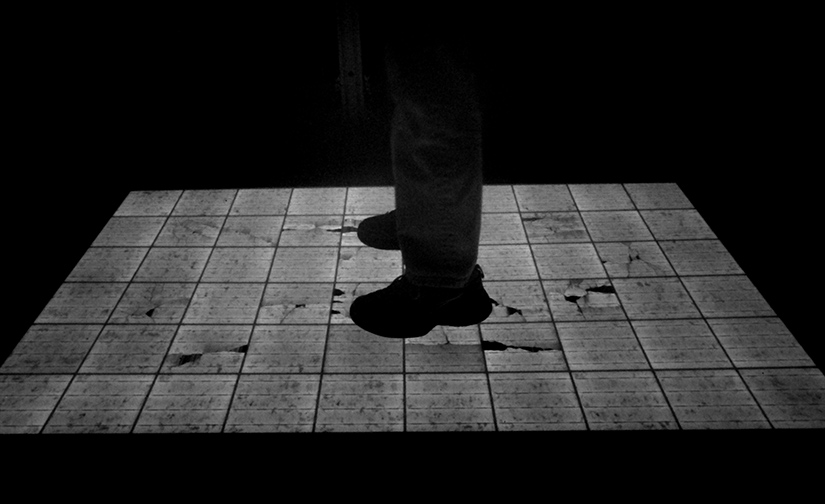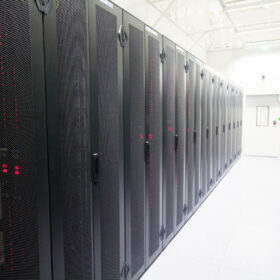Research from climate insurance and renewable energy risk management firm kWh Analytics shows that solar assets are broadly underperforming by an average of 8%.
On average, projects constructed after 2015 have generated 7 to 13% less electricity than P50 production estimates. P50 means there is a 50% chance in any given year that production will be at least a given amount. If an array has a P50 production level of 500 kWh, it means that on any given year there is a 50% chance that production will be at least 500 kWh. Projects built since 2015 are on average performing worse than those constructed in the early 2010s relative to their P50 estimates.
Drone inspection and imaging provider Raptor Maps estimates annual losses of $82 million for the 24.5 GW of assets it inspected in 2022, at an average of an $3,350 annual loss per megawatt.
“Extrapolating across total global PV capacity (as of the end of 2021, excluding residential) translates to a $ 2.5 billion annual revenue loss for the industry,” the company said.
(Read: “Raptor Maps points to growing problem of PV system underperformance“)
“Underperformance affects investors and lenders critical to the success and growth of solar projects,” said Jason Kaminksy, chief executive officer of kWh Analytics. “As an industry, we must collaborate to find ways to course-correct in order to ensure the industry’s long-term financial health.”
Kaminsky suggests that sponsors and lenders should consider accurately priced risk-transfer products, be wary of aggressive production forecasts, and be collaborative with stakeholders to encourage data sharing.
Forensic analysis
The Renewable Energy Test Center (RETC) recommends conducting a thorough forensic analysis on solar assets to determine the root cause of performance issues. RETC notes that in many cases, inverter failure or inaccurate production estimates are the cause of underperformance.
However, sometimes PV module health issues can be the reason for falling short of estimates. As an expert source for solar module evaluation, RETC conducts forensic analyses to determine if module performance is the issue.
The process begins with a baseline assessment. By capturing measurements prior to commercial operations, a baseline forensic assessment provides both short- and long-term benefits over the operating life of a PV power system. For the short term, evaluating panel health can help reduce loan default risk. For the long term, it can help with warranty claims. RETC said processing a warranty or insurance claim without baseline measurements taken at the beginning of the project lifecycle can be challenging.
Electroluminescence (EL) testing is another forensic analysis technique to ensure module performance. Using a specialized camera system, inspectors can view light emissions that occur when an electrical current moves through solar cells. The test allows technicians to identify installation damages, or damages resulting from severe weather events such as hail, wind or snow.
While EL testing has been used for a long time by manufacturers in indoor, pre-project settings, RETC takes a different approach by testing the asset while operational in the field. It also has specialized EL technology that allows for daytime testing, advancing from past methods that required nighttime imaging.
RETC conducts daytime EL testing in the field, which comes with a few benefits. First, this method of EL testing allows technicians to test modules installed on-site, expediting the testing process and preventing cell damage from module removal and handling. Second, RETC’s daytime EL testing eliminates the need to test modules in the dark of night, improving safety and throughput.
System monitoring and predictive maintenance methods are also recommended for ensuring healthy PV performance. This is especially true for identifying problems as PV systems age. For instance, cell microcracking often does not impact module performance when modules are new, but that is not necessarily the case as systems age. After 5 or 10 years in the field, some modules continue to perform as expected, whereas others suffer from accelerated degradation, said RETC.
“Thermal mismatch resulting from cracked cells or other causes needs to be closely monitored as it can lead to substantial PV system underperformance,” said Dr. Ralph Romero, managing director, digital infrastructure advisory services, Black & Veatch.
Large projects that appear to have a single module supplier may integrate modules manufactured using cells sourced from a dozen different vendors, said RETC. Given that each bill of materials is unique, each has a different risk profile.
Romero said that his company is aware of digital monitoring platforms that can provide powerful, granular insights into system underperformance causes, but in some cases, further analysis is needed.
“If we suspect that PV modules are underperforming and the root causes are not identifiable through performance monitoring, we can ask the forensic analysis team to identify the root causes of underperformance,” he said. “With this information in hand, we can develop an action plan based on a cost-benefit analysis of potential remediation measures. In the process of engineering a cost-effective solution that immediately improves system performance, we can also take steps to prevent the recurrence of underperformance moving forward.”
This content is protected by copyright and may not be reused. If you want to cooperate with us and would like to reuse some of our content, please contact: editors@pv-magazine.com.









My experience was PVWatts and Helioscope and others, all bumped production around the same time, 2014 range, to show production far higher than our current systems in the field were producing.
We run what we call a PV Factor, and that factor changed around 8-9% almost overnight when generated from these programs. Since we knew it was wrong we began haircutting all production estimates by this amount so we were showing the ‘real’ number based on our experience. This corrected itself about one year ago and now we show the base numbers coming out of the software without manipulating it.
My theory, is NREL weather numbers, which most of these app use, were skewed and that changed the production estimates coming out of all the software at the same time.
Our systems are still all performing as expected. I would look towards your software data rather than your systems. I would also suggest system designers use common sense when producing estimates. How hard is it to check your work by looking at existing similar technology production numbers in your area to validate your estimates. If a ground mount was producing at a factor of 1.25 for the past 3 years, why do you show your new system using nearly the same technology is projected to produce 1.34? It isn’t logical. Software is ‘garbage in gives garbage out’. Your job is to ensure the data is correct in the first place. Verify it.